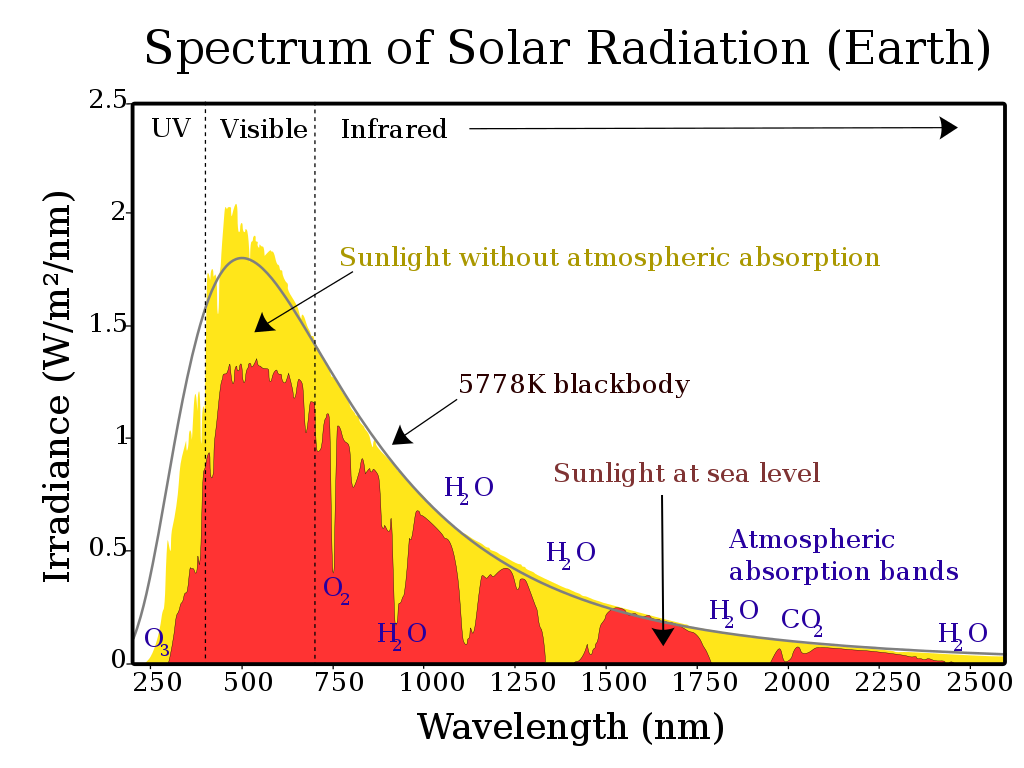While temperature sensors are getting more and more accurate, uncertainty of air temperature measurement has remained mostly unchanged over the past decades. Where once iconic Stevenson screen shelters dominated the professional meteorological landscape, they are now becoming rarer and slowly replaced by smaller cheaper multi-plate radiation shields and fan-ventilated shelters. Are they still the benchmark of precision air temperature measurement or are upcoming technologies like the helical radiation shield from BARANI DESIGN Technologies ready to send them the way of the dinosaurs?
Measuring true air temperature is complicated. AWOS weather stations measure "near surface atmospheric air temperature" at a height of two meters according to World Meteorological Organization (WMO) standards. They usually use sensors calibrated in a liquid bath in adiabatic conditions, while real measurement inside radiation shields and Stevenson screens takes place in anything but adiabatic conditions. In layman's terms, sensor temperature in the real world is never in balance with air temperature, thus measurement error (uncertainty) due to varying sensor construction, sensor reaction time (time constant) and self-heating along with radiative heating and cooling is unaccounted for.
True air temperature
What is "true near surface atmospheric air temperature" is somewhat of a mystery. Before comparing various air temperature sensor systems, one must first understand what one is trying to measure... to understand what true air temperature is.
Like any substance, air is prone to heating and cooling through well know energy flows like solar radiation, infrared radiation, convection, conduction and emissivity. Other sensor related influences include dew condensation, evaporative cooling or phase transitions, direct, diffuse and reflected solar radiation, self-heating and of course, the above mentioned calibration procedures.
What affects real air temperature
First, lets take a look at heating from radiative sources such as the sun and infrared heat radiating from the surroundings, which seem to dominate air temperature error and uncertainty. Even though air is mostly transparent, it is well documented that each of its composing gases has a certain light sensitivity or absorbance spectrum and also emissivity (radiative cooling). This radiative heating of air accounts for the difference between incoming solar radiation from earth's sun and radiation reaching ground level as shown in yellow in the accompanying plot. A familiar example is the absorbance of UV light in the upper atmosphere by ozone molecules.





